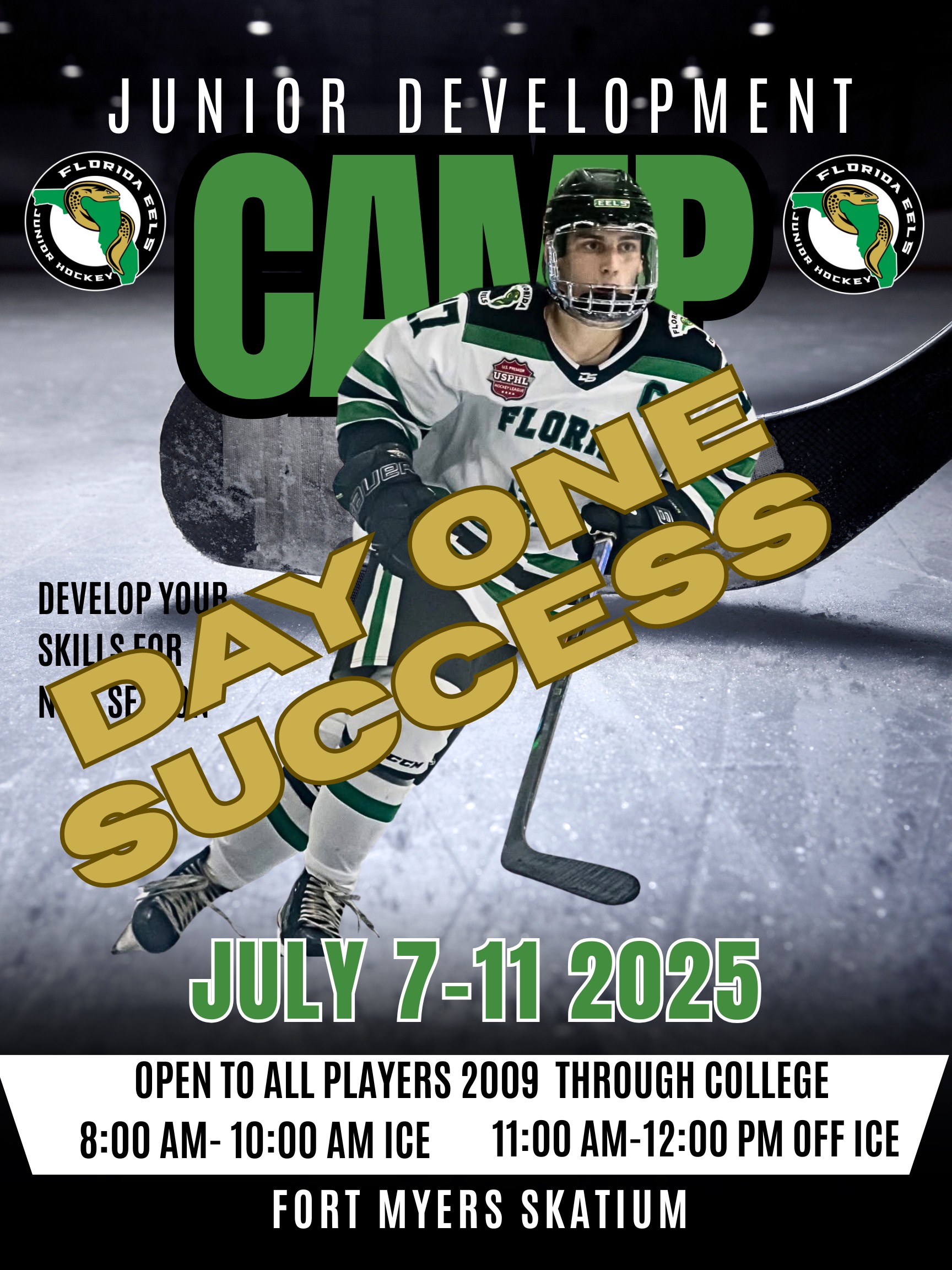HOW TO GET RECRUITED: STARTING THE RECRUITING PROCESS IMPORTANT ADVISE FROM OUR NCSA PARTNERS
3 APR | BY FRANK SCARPACI
How to Get Recruited: Starting the Recruiting Process
Important Advise From Our NCSA Partners Getting recruited is rarely a fairytale story. It doesn’t just happen to you. The recruiting process is a complex, winding journey that is directed largely by the student-athlete. The more you know about the recruiting process—and the more effort you put into getting the results you want—the better chance you have to fulfill your dream of competing at the college level. The good news is that many have gone through this complicated process before you, and there are many resources available to make it less overwhelming.
Quick Links
When does recruiting start?
The recruiting funnel
Level set your talent and interested
Learn about the division levels
Academic eligibility requirements
When does the recruiting process start?
Recruiting is starting earlier and earlier each year, and it’s no secret that top athletic programs are leading the charge. They look for freshman who have varsity or elite club film, were ranked as a top-tier recruit at a tournament or showcase or received prestigious awards, such as All-State. If this is you, you’re probably ready to start the recruiting process as a freshman. For athletes who hit their stride later in their sophomore year, this could be a better time to get the process going. In most cases, we advise that athletes start the recruiting process before their junior year.
Think of it this way: If you want to compete at the NCAA DI or DII level, the sooner you can confidently start the recruiting process, the better off you’ll be. However, if you’re a late bloomer or just not sure you want to make the commitment to compete in college, it’s OK to wait a little longer. If you do decide to wait, make sure you’re willing to put in extra work during crunch time, and you’re comfortable with playing for lower-tier program.
Insider tip: Team sports tend to recruit earlier than individual sports. Team sports in heavy hitting conferences, like PAC 12 and SEC, especially move quicker in their recruiting timelines.
Many families decide to delay the start of their athlete’s recruiting because they think that recruiting starts with contacting college coaches. And, they argue, their athlete just isn’t ready to take that step. However, here’s so much more that athletes need to do before they begin reaching out to coaches. We’ve outlined the research and groundwork that families need to establish at the beginning of the recruiting process to ensure they are set up for success. It’s never too early to start educating yourself about the recruiting process and learning how to get recruited.
Back to Top ^
Understand the recruiting funnel
Understanding how to get recruited starts with learning how college coaches look at recruiting. Think of the process like a funnel. At the top of the funnel, thousands and thousands of potential recruits of various levels are tossed in. Coaches begin initial evaluations—focusing on basic requirements like height, weight, grad year and position. Then, coaches send out correspondence to those they’ve identified as potential fits to see if there’s mutual interest. The funnel is beginning to narrow. Evaluations continue with the smaller class of potential recruits, which narrows it down even further. Near the bottom of the funnel, coaches are inviting recruits on official visits and extending offers.
See the full recruiting funnel process.
Back to Top ^
Level set based on your interest, talent and expectations
Getting an objective view of how you stack up against other student-athletes is an invaluable component of the recruiting process—and often one of the toughest parts of the process as families learn more about how to get recruited. There’s no point in striving for a DI scholarship if you don’t have the size or skills to compete at that demanding level. There are a couple ways to figure out how you rank: researching college rosters and being evaluated by a third party like NCSA. Most importantly, you should be honest with yourself about your desire to compete at the college level. It’s nothing like high school; everything is more intense, from training to the competition itself.
Learn more about how to determine where you stand.
Back to Top ^
Learn about the different division levels
Once you’ve determined your level of interest, talent and expectations surrounding college athletics, it’s important to consider the various division levels available to compete in:
NCAA Division I—This is the highest level of college athletics and, thus, the most competitive. DI schools typically have large budgets, expensive facilities, and the student-athletes are expected to train and travel extensively.
NCAA Division II—While still a competitive division, DII athletes are provided more balance in their lives, as training and competition aren’t as intense. Scholarships are also offered at this level.
NCAA Division III—No athletic scholarships are offered for DIII student-athletes, but there are many other forms of financial aid. The competition levels are still very high, but practice seasons are shorter, and there’s more of an academic focus.
NAIA—A much smaller community than the NCAA—with a little over 250 schools—the NAIA is a great option for student-athletes who love their sport but are looking for a smaller or private college, or a specific major.
NJCAA—Junior college (JUCO) is a good option for the student-athlete looking to get a sense of what college athletics are like at a two-year institution before transferring to a four-year college. Many student-athletes compete at the JUCO level because they are working on their NCAA eligibility or are trying to save money before transferring to a four-year college.
Find out more about each division level.
Back to Top ^
Understand academic eligibility requirements
Academic eligibility is one of the most important aspects of the recruiting process and can be overlooked by families who aren’t sure how to get recruited. There are different eligibility requirements for NCAA, NAIA and JUCO schools—and each school will also have its own entrance requirements—so it’s crucial to actively work to maintain your grades. A great GPA and/or standardized test score can be the difference-maker between you and another recruit. Think about it: A college coach wants to fill their roster with athletes who will work hard. If you can prove you have the academic chops, they have less to worry about. Being academically sound will also open more doors for you scholarship-wise.















